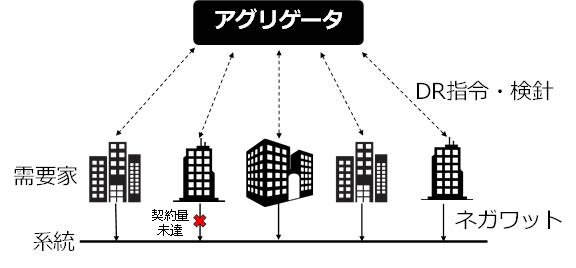2024-11-01 バージニア工科大学(VirginiaTech)
<関連情報>
- https://news.vt.edu/articles/2024/10/science-modeling-melting-ice-sheet.html
- https://agupubs.onlinelibrary.wiley.com/doi/10.1029/2023JB028250
北アメリカ東部における氷期の地殻変動による鉛直変位と海面変動: アンサンブルモデリングによるアプローチ Vertical Displacements and Sea-Level Changes in Eastern North America Driven by Glacial Isostatic Adjustment: An Ensemble Modeling Approach
Karen Williams, D. Sarah Stamps, Daniele Melini, Giorgio Spada
Journal of Geophysical Research: Solid Earth Published: 09 October 2024
DOI:https://doi.org/10.1029/2023JB028250

Abstract
Glacial isostatic adjustment (GIA) describes the response of the solid Earth, oceans, and gravitational field to the spatio-temporal evolution of ice sheets during a glacial cycle. Present-day vertical displacements and sea-level changes vary throughout eastern North America in response to the melting of the Laurentide Ice Sheet following the Last Glacial Maximum. We use the open-source software SELEN4.0 (a SealEveL EquatioN solver) to investigate the influence of GIA on vertical land motions and sea-level changes in eastern North America. Further, we evaluate the uncertainties associated with the lithospheric thickness and viscosity structure using an ensemble modeling approach (129,956 total simulations). We identify the best-fitting rheological profiles by comparing modeled vertical displacements to vertical velocity rates derived from Global Positioning System (GPS). We find a general pattern of subsidence (causing accelerated relative sea-level rise) in the eastern United States region and uplift (causing relative sea-level fall) in the eastern Canada region consistent with previous studies for two tested ice sheet models (ICE-6G(VM5a) and ICE-7G(VM7)). Overall, we find lower rates of modeled vertical displacement using ICE-6G(VM5a) compared with ICE-7G(VM7), which produces lower residuals when compared with the GPS-derived vertical velocity rates. Our ensemble analysis identifies adjustments to the nominal VM5a and VM7 viscosity models that improve fits to the GPS-imaged vertical velocity rates throughout eastern North America and on the North American Atlantic Coast. The differences in our best-fitting models for inland versus coastal regions highlight the importance of exploring lateral viscosity variations for GIA modeling throughout North America and elsewhere.
Key Points
- Modeled present-day vertical displacement and sea-level change rates fit observed data better using ICE-6G(VM5a) compared with ICE-7G(VM7)
- Ensemble analysis suggests adjustments to VM5a and VM7 viscosity models improve fits to geodetic data throughout eastern North America
- Regional differences in best-fitting Earth structure support the adoption of lateral viscosity in glacial isostatic adjustment modeling
Plain Language Summary
Approximately 19,000–26,000 years ago a massive ice sheet covered Canada and a portion of the northern United States. We investigate the Earth’s surface movements following the melting of the ice sheet throughout eastern North America. Through computational modeling, we predict rates of vertical land motion and relative sea-level change throughout eastern North America. We see a general pattern of downward movements (causing relative sea-level rise) in the eastern United States region and upward movements (causing relative sea-level fall) in the eastern Canada region. However, modeled rates vary depending on the assumptions about Earth’s internal structure. We test different models of Earth structure, based upon variations of the Earth structure profiles paired with two published models of ice sheet history. Our different models vary the lithospheric thickness and radial viscosity structure (viscosity varies by depth only). By comparing the rates of Earth’s surface movements generated by these different models to published data of observed vertical land motions, we determine which Earth structure models produce the best fits to the published observations. Differences in the best-fitting Earth structure for different regions of eastern North America indicate the importance of exploring Earth structures that vary both radially and laterally.



